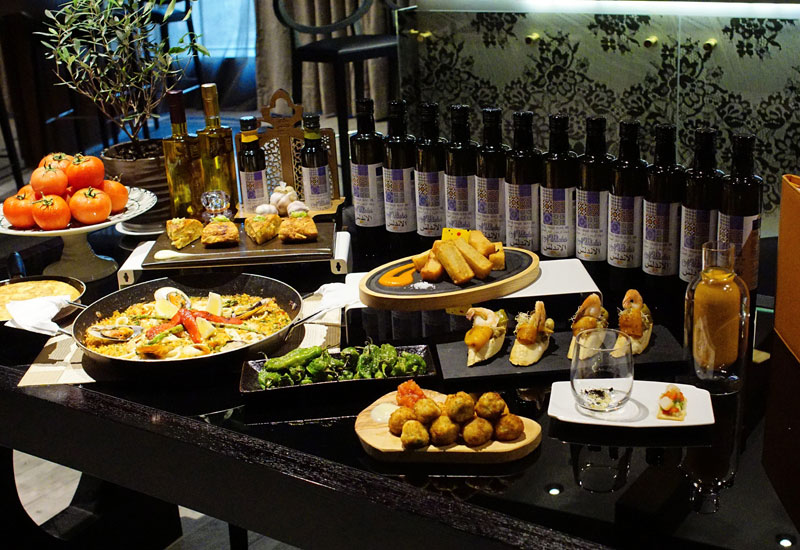Trends
Fish on the grill: Hot off the coals is the preferred way for the region to eat its fish. “People in this region prefer their fish grilled, off the charcoal. We do fried and curried versions, but I think grilled has become popular. We try to marinate them with local ingredients like dukkah and sumac,” says Banyan Tree Al Wadi’s Wardhana.
Seafood is luxury: Set aside the pearls and fine watches. It’s carefully chosen seafood that’s considered luxuriously attractive now. “Seafood is becoming synonymous with luxury, and is pushing the restaurant business into offering better quality,” says Meliá Doha executive assistant manager in charge of food and beverage Nicolas Cedro.
Freshness is value: If it’s not fresh, it’s not worth considering. That’s why seafood purveyors are relying on supply chain partners that use technological ways to ensure seafood stays fresh. “Technology is being used to try and ensure that the seafood stays as true to the form as when it was first caught,” says Crab Tavern executive chef Paul Owen.
Eyeing those oysters: “Oysters are key to everyone’s menu as more people are becoming discerning customers and expecting a certain level of decadence on the menu, even at casual dining restaurants. At Crab Tavern Dubai, we use the fin de Claire variety from France, which elicits incredible reviews,” says Owen.
Expensive crustaceans: According to Flooka executive chef Ibrahim Osseiran, expensive denizens of the sea are finding favour with landlubbers. “There are several eclectic restaurants in Dubai that serve the most expensive crustaceans on the planet. These are imported from United States, Scotland, Norway and Maldives as well as other regions.”
Lobster is loved: Cedro says the crustacean joins a worthy pantheon at the very head of a marine-oriented table. “Lobster is considered luxurious and is in demand even though prices are high. But shrimp, crab, and shellfish are also being increasingly appreciated,” he notes.

| Advertisement |









 Search our database of more than 2,700 industry companies
Search our database of more than 2,700 industry companies









